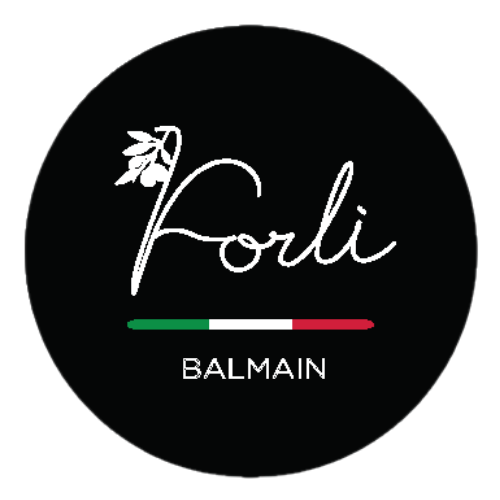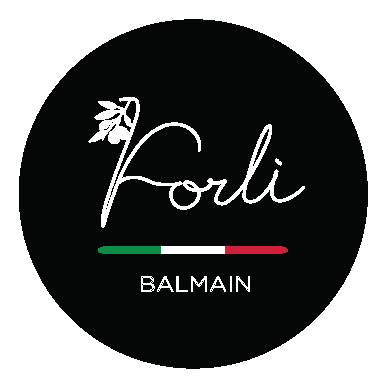History of Balmain, Sydney
Balmain is a popular suburb in the inner west region of Sydney. It is located two kilometers from the Sydney Central Business District nestled along the shores of Sydney Harbour. The name Balmain comes from William Balmain, a Scottish-born naval surgeon who served in Sydney from 1788 to 1801. In 1800, for his hard work and leadership abilities, he was rewarded with 550 acres of land which in modern times came to be known as suburbs of Rozelle and Balmain.
Balmain is popular for its rich maritime heritage dating back to the early 1800s. It also carries a rich history for industrial and trade growth contributing to the overall prosperity of Sydney and New South Wales. From its early aboriginal inhabitants to its transformation into a bustling hub of shipbuilding and industry, Balmain's story is a captivating journey through time.
Aboriginal Heritage
Before the European settlement swooped in, Balmain and the surrounding neighborhood were inhabited by the indigenous Gadigal people, part of the Eora Nation. They lived harmoniously with the land and waterways, utilizing the abundant natural resources for sustenance and cultural practices. Evidence of their presence, including rock engravings and middens, reminding us of their enduring connection to this land. The Gadigal population and other native clans or tribes were wiped out by the 1789 smallpox leaving only a handful of native population.
European Settlement and Early Development
The European settlement in the historical suburb of Balmain began in the early 1800s. It was encouraged by its strategic location and natural beauty. It was originally named "Long Nose Point" by Captain John Hunter in 1789. The area was later renamed Balmain in honor of William Balmain.
In the mid-1800s, Balmain experienced rapid growth due to its thriving maritime industry. Shipbuilding, in particular, became a significant economic driver, attracting skilled workers and entrepreneurs to the area. The construction of shipyards and related industries along the waterfront transformed Balmain into a bustling maritime center.
Industrial Expansion and Urbanization
The latter half of the 19th century saw Balmain evolve into a densely populated industrial suburb. With the establishment of numerous factories, warehouses, and workshops, the local economy boomed, drawing migrants from various parts of the world seeking employment opportunities. Industries such as engineering, manufacturing, and coal mining flourished, contributing to Balmain's reputation as a hub of innovation and productivity.
The suburb's demographic composition also shifted during this period, with waves of immigrants from various cultural backgrounds and nationalities adding to its multicultural tapestry. Working-class communities thrived, supported by a network of schools, churches, and social institutions that fostered a strong sense of community solidarity.
Maritime Heritage and Waterfront Life
Balmain's maritime heritage remains a defining feature of its identity. The historic shipyards, wharves, and maritime infrastructure stand as reminders of its seafaring legacy. The iconic Balmain Tigers Rugby League Club, founded in 1908, reflects the suburb's sporting and social traditions, garnering widespread support and loyalty from residents.
The waterfront precinct, including Darling Street and Balmain East, exudes charm with its many heritage buildings, boutique shops, cafes, and classy restaurants. The Balmain Market, held regularly, showcases local artisans, designers, and food vendors, drawing visitors from near and far to experience its vibrant atmosphere and cultural offerings.
Urban Renewal and Contemporary Life
In recent decades, Balmain has undergone significant urban renewal and gentrification, blending its industrial past with modern amenities and residential developments. Historic warehouses and industrial sites have been repurposed into trendy apartments, galleries, and commercial spaces, attracting young professionals and families to the area.
Despite these changes, Balmain has retained its unique character and community spirit. Heritage conservation efforts have preserved key landmarks and streetscapes, ensuring that the suburb's historical legacy continues to be celebrated and appreciated by residents and visitors alike.
Cultural and Recreational Attractions
Beyond its industrial and maritime roots, Balmain offers a wealth of cultural and recreational attractions. The Balmain Town Hall, a heritage-listed building dating back to 1887, hosts various events, performances, and community gatherings. Parks such as Elkington Park and Gladstone Park provide green spaces for relaxation, picnics, and outdoor activities.
The Balmain Sailing Club, founded in 1885, remains a focal point for sailing enthusiasts, hosting regattas and fostering a love for maritime pursuits among locals. The Balmain Library, part of the Inner West Council network, serves as a hub for learning, literacy programs, and community engagement initiatives.
Conclusion
Balmain, with its captivating history and vibrant present, continues to charm residents and visitors with its blend of heritage, industry, culture, and community life. From its Aboriginal origins to its emergence as a thriving maritime and industrial center, the suburb's evolution reflects the resilience and ingenuity of its people. Balmain's story serves as a testament to the enduring spirit of innovation, adaptation, and cultural richness that defines this iconic Sydney locale.


